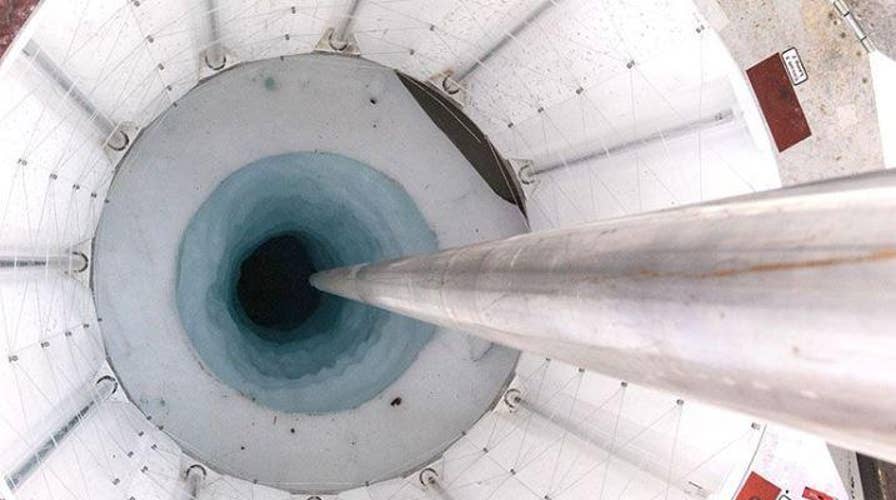Researchers exploring a buried Antarctic lake "twice the size of Manhattan" drilled through 3,500 feet of ice to learn more about the mysterious body of water — and made a stunning discovery along the way.
After days of breaking through thick chunks of ice to reach Mercer Subglacial Lake on Dec. 26, researchers sent an instrument down a borehole to capture rare footage of the lake. They also used other instruments to test the water, eventually finding signs of ancient life: the perfectly preserved skeletal remains of tiny animals trapped under about a half-mile of ice, the journal Nature was first to report.
“This is really cool,” Slawek Tulaczyk, a glaciologist at the University of California, Santa Cruz, told the journal. “It’s definitely surprising.”
SCIENTISTS EXPLORE ANTARCTIC LAKE 'TWICE THE SIZE OF MANHATTAN' BURIED UNDER 3,500 FEET OF SNOW
Tulaczyk is not a part of the Subglacial Antarctic Lakes Scientific Access (SALSA) team that traveled to the area for testing in late December but he has two decades of experience studying sediments underneath glaciers. He told Nature he'd never seen animal carcasses quite like these — well-preserved.
David Harwood, a SALSA crew member and micro-palaeontologist, said the finding was "fully unexpected."
Mercer Subglacial Lake was first discovered via satellite more than a decade ago, according to Nature. It's one of about 400 lakes hiding beneath Antarctica's ice sheets and little is known about it. This is only the second time scientists have studied the ancient lake.
In total, the SALSA team has retrieved six perfect sediment cores — two more than they initially planned, the group revealed in a blog post Thursday.
STRANGE CARVED STONE FOUND 'BURIED' UNDER NEW JERSEY RIVER PUZZLES LOCALS
The team sealed the borehole and left camp on Jan. 5 but their work is far from over. The scientists say it will take years to analyze and test all of the samples they collected.
According to Nature, they will be taking DNA samples from the carcasses of the crustaceans to determine whether they were marine or freshwater species which could give them an even better glimpse into the history of Antarctica's glaciers.





















